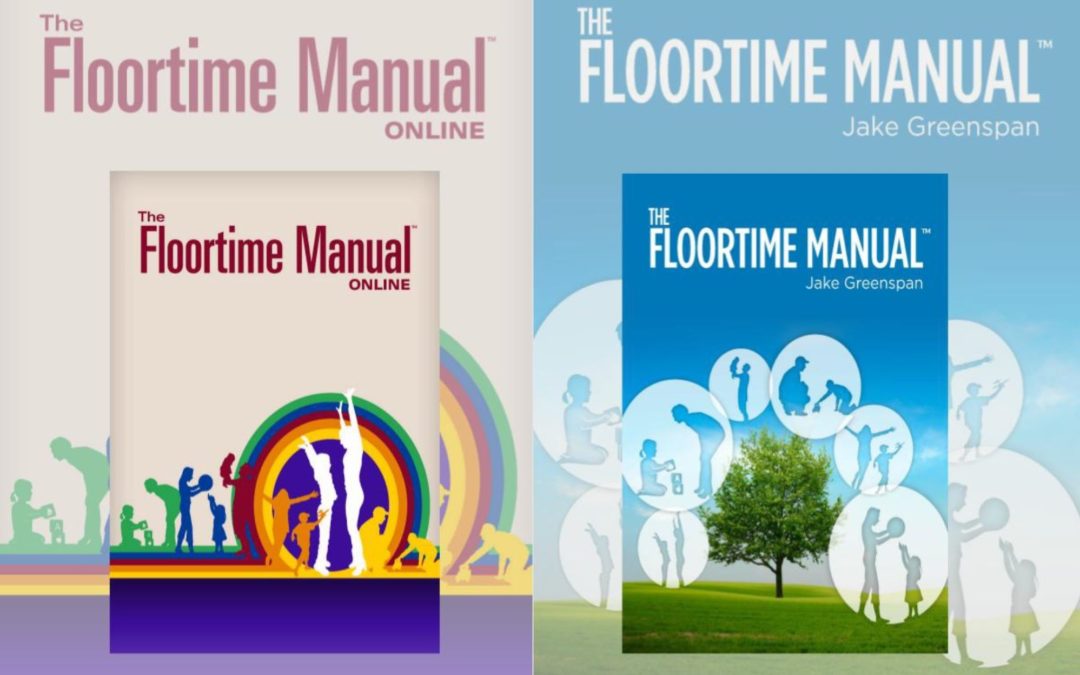Jake Greenspan, son of Dr. Stanley Greenspan, who created the Developmental, Individual differences, Relationship-based (DIR) model, has devoted his career to his father’s legacy. He is based at The Floortime Center in Bethesda, MD and has recently published a manual about his father’s work, The Floortime Manual.
Next, Jake describes and extrapolates from a number of principles of neuroplasticity how Floortime supports the brain’s development in adaptive and flexible ways by fully involving the child, integrating information, promoting thinking over memorization, working from where the child is at developmentally, giving the ‘just-right‘ challenge, expanding interactions, giving the right kinds of rewards, involving parents, and applying consistency and intensity.
He concludes by reminding us that Dr. Greenspan did describe emotions as the foundation of intelligence and that empathy and flexibility are key to promoting relating, communicating, and thinking. What we all want for our children is to become successful adults who have these capacities over rigid and repetitive sets of skills.
You can essentially flip to the page of the profile of the child you’re playing with to see how to carry out each of the three steps of following their lead, challenging, and expanding.

What you won’t find in the manual are specific descriptions and discussion of the functional emotional developmental capacities and the components of The Learning Tree. Beyond a brief list naming them, they are not the focus of this book. There are training courses that you can take at Dr. Greenspan’s website to delve more fully into the model and practice.
Also, because my child is not yet able to communicate these sensory needs to me, and might not know how to seek out the type of stimulation his body is craving, I need to be the one to be proactive in helping him fulfill these needs. The other sections tell me how to do just this. I can look up my child’s profile in the How to ‘Follow the Lead’ section and in the Challenge and Expand section.
He details the misconceptions of what Follow the Child’s Lead means, the misconception that you should not talk with non-verbal children, and how too many adults follow the child’s lead to motivate the child, only to then try and teach them something specific–which is an adult-led ‘skill building’ activity, and certainly not Greenspan Floortime.
Jake holds anyone claiming to do Floortime to very high standards, and this is important for at least two reasons: this was his father’s work and he does not want it misrepresented; and second, we need the high standard to ensure that we continue to implement Floortime the way in which it was designed.
Until next week… here’s to affecting autism through playful interactions!




That manual sounds like a valuable resource. Based on your review ~ we have ordered a copy for our family. Thank you for the continuous flow of information!